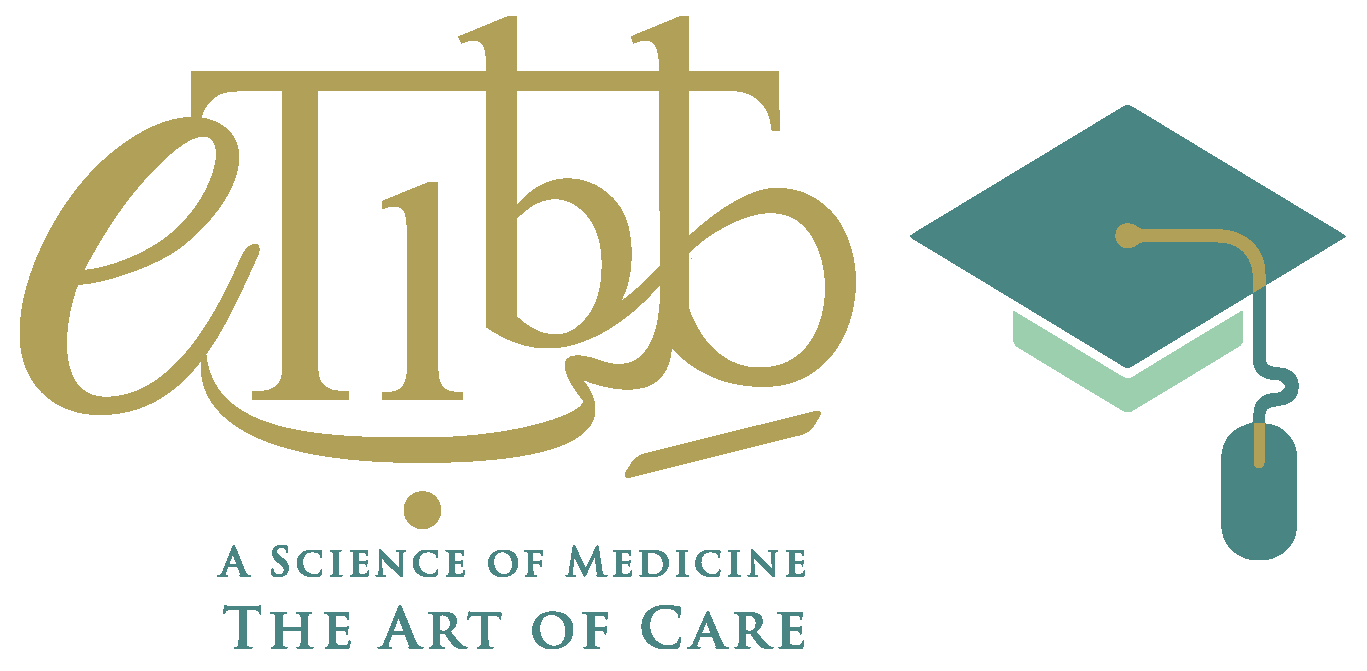
The benefits of breathing well and properly are listed below
- It neutralizes excess heat and helps maintain an ideal body temperature.
- It regulates the heartbeat.
- It strengthens the nerves and settles the emotions.
- It helps with body-mind integration.
- It cleanses the body of wastes, especially carbon dioxide.
- It increases metabolism.
- It helps with blood circulation to the deeper tissues and capillaries.
- It rejuvenates the cells.
Tibb Breathing Exercises
Breathing exercises will have different effects depending on the techniques used. Slow-breathing exercises will produce less heat than fast-breathing exercises. Each breathing exercise has its own benefits and offers valuable healing for any number of illness conditions.
The Tibb Slow Breathing Exercise
This exercise has a cooling effect, so is ideal for people with a bilious or sanguinous temperament.
- Select a protected time and space, free from interruptions.
- Sit on the floor in a squatting position with hands on thighs or in the ‘lotus’ position, keeping a straight back in both cases. If neither position is possible, then lie on the floor or sit in a comfortable chair.
- Close your eyes and focus on your breathing.
- Take slow and deep breaths, breathing out through the nose, distending and filling the stomach.
- Continue breathing this way for 5 minutes.
The Tibb Fast and Deep Breathing Exercise
This exercise has a heating effect, so is ideal for people with a phlegmatic or melancholic temperament.
- Select a protected time and space, free from interruptions
- Assume the same position as described in the Slow Breathing Exercise.
- Take slow and deep breaths, breathing in and out through the nose, distending and filling the stomach for about 1 minute only.
- Then breathe deeper and faster for 3 minutes. This can be extended to 5 minutes as you become more experienced with the exercise.
- Thereafter, take slow, deep breaths again for 1 minute.
The Tibb Deep Rhythmic Breathing Exercise
This exercise is prescribed for all temperamental types. Try doing it on a regular basis, preferably in the early morning.
- Select a protected time and space, free from interruptions.
- Assume the same position as described in the Slow Breathing Exercise.
- Draw a breath through the nose.
- Hold the breath as long as possible.
- Gaze upwards, and exhale forcefully through the mouth – the mouth should be opened in an ‘O’ shape.
- Repeat to a maximum of 15 times.
The Tibb Mental/Emotional Breathing Exercise
This exercise is also prescribed for all temperamental types. It creates harmony in the two hemispheres of the brain. Do this exercise early in the morning or late afternoon.
- Select a protected time and space, free from interruptions.
- Assume the same position as described in the Slow Breathing Exercise.
- Use the right index finger to close the left nostril.
- Take a long, deep breath through the right nostril, and hold for 15 to 20 seconds.
- Release the finger closing the nostril and close the right nostril with the right thumb.
- Breathe out through the left nostril forcefully. This counts as one complete breath.
- Repeat the same process starting with the opposite nostril.
- Start by doing 5 breaths, and slowly build up to 10;
- After completing the exercise, rest for at least 5 minutes in the same position.
